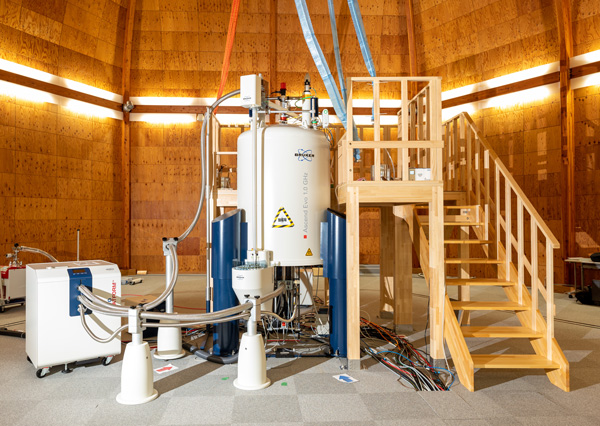
Figure 1: The nuclear magnetic resonance (NMR) system the RIKEN team used to discover the dynamics of a drug-bound opioid receptor.. © 2024 RIKEN Center for Biosystems Dynamics Research
Effective pain relief without the debilitating side effects of traditional opioids is closer to becoming a reality thanks to a study by an all-RIKEN team into the structure and dynamics of a drug-bound opioid receptor1.
In 2022 alone, nearly 15,000 people are estimated to have died from prescription opioids in the USA. This is a harrowing reminder that while opioids are effective painkillers, they can also cause severe side effects.
Most opioid painkillers work by targeting the μ-opioid receptor (MOR) located on nerve cells in the brain, spinal cord, and other places in the body. But in addition to providing pain relief, this mode of action also gives rise to side effects.
Now, a team led by Ichio Shimada of the RIKEN Center for Biosystems Dynamics Research (BDR) has determined the 3D shape of MOR in complex with a drug that enhances the receptor's functionality without directly activating it.
Their analysis revealed how such an 'allosteric modulator' of the receptor promotes a critical interaction between two parts of the MOR protein. But the snapshot provided by this technique tells only one part of the story.
Nuclear magnetic resonance (NMR) spectroscopy (Fig. 1) revealed that these two parts of the receptor are in a constant dance, coming together to stabilize MOR in an active state but then pulling apart to maintain flexibility.
When the allosteric modulator is attached, the receptor skews toward a more active configuration. This causes it to respond more efficiently to the body's own opioid peptides.
"The drug is shifting the equilibrium of the receptor's shapes, rather than changing the structure itself," notes Shimada. "This highlights the importance of understanding protein function and activity in light of dynamic structural equilibrium using NMR," he says.
The findings have important implications for developing new painkillers that target MOR. Through the design of allosteric modulators, drug developers may be able to provide relief to people in pain with fewer side effects.
"By using allosteric modulators that shift the structural equilibrium, it may be possible to create analgesics with stronger effects and fewer side effects than conventional ones," says Shunsuke Imai, also of BDR.
Moreover, the demonstration could provide a blueprint for innovative drug discovery more broadly. The amino acids that interact at these sites are highly conserved across several signaling proteins in the body. This means that compounds that function in similar ways to the MOR-targeting drug characterized by the RIKEN team may serve as indirect activators of these other proteins as well. "This provides a general guideline for rationally developing allosteric modulators," Imai says.






